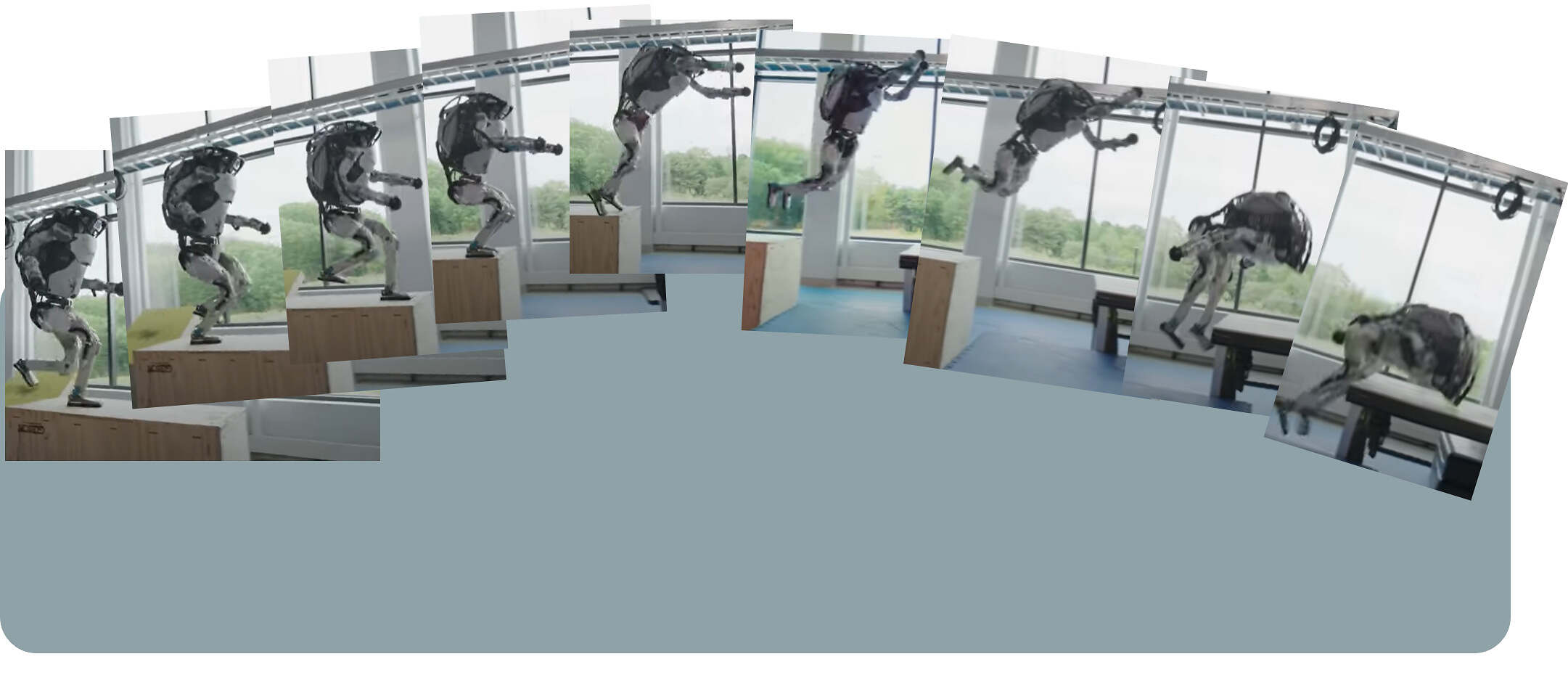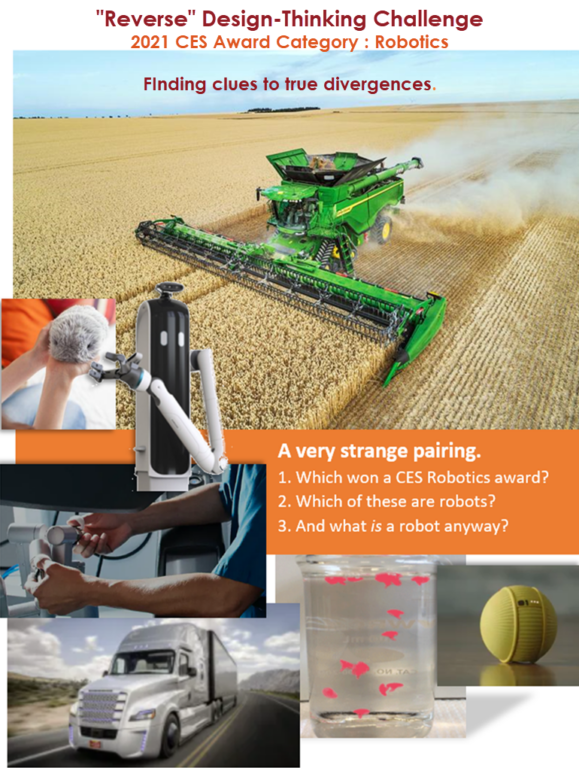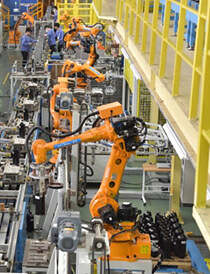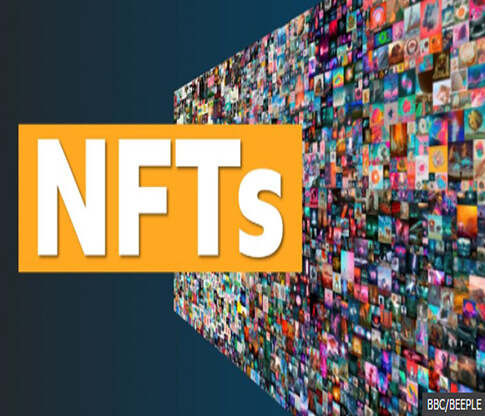Robotics+AI (Part 3) Exploration: Beyond Training Sets
We look at how Robotics+AI developers precipitate new learning by (a) pushing into real-world testing; (b) interactive complex tasking simulations for embodied agents; (c) live testing environments to test robot design limits.
Scenario 1: Tesla tests its autopilot cars in the real-world’s infinite variables – though sometimes with tragic consequences. (See my previous post)
Scenario 2: Megaverse3D is a virtual platform for testing AI reinforcement learning and embodied-agents with interactive objects within precisely defined, fully shaded scenes. (In video below, the agent demonstrates general construction skill on 110 building blocks – with only unassisted model-free end-to-end training, i.e. demonstrating generalization beyond its original training on 60 building blocks.)
Scenario 3: Boston Robotics tests two Atlas robots running a complex parkour. They finish flawlessly, remarkably. In playful celebration, a robot pumps an arm with a stutter-step barely perceptible but noted by team lead Scott Kuindersma: “Every behavior here has a small chance of failure. It’s almost 90 seconds of continuous jumping, jogging, turning, vaulting, and flipping, so those probabilities add up…that’s one of the joys of robotics, that we’re solving really hard problems.”
“New directions in science are launched by new tools much more often than by new concepts. The effect of a concept-driven revolution is to explain old things in new ways. The effect of a tool-driven revolution is to discover new things that have to be explained.” (Freeman Dyson)
True innovation often takes courage to risk spectacular face-plants.
Sometimes we can only poke at the darkness beyond our known world’s edge.
We model AI on human intelligence without fully understanding the brain or the mind. But the quest for Artificial General Intelligence also has boosted neuroscience. Two exciting areas: R. Quiroga on how the brain selectively filters and wires for concepts. L. Barrett: emotions are not just fuzzy feelings but an organism’s defining its likes/dislikes as a matter of efficient economics.
Still, as P.W. Anderson warns, in science it’s not a simple matter of extrapolation: “…at each level of complexity entirely new properties appear.” And we’d do well to spend some nights thinking about that.







